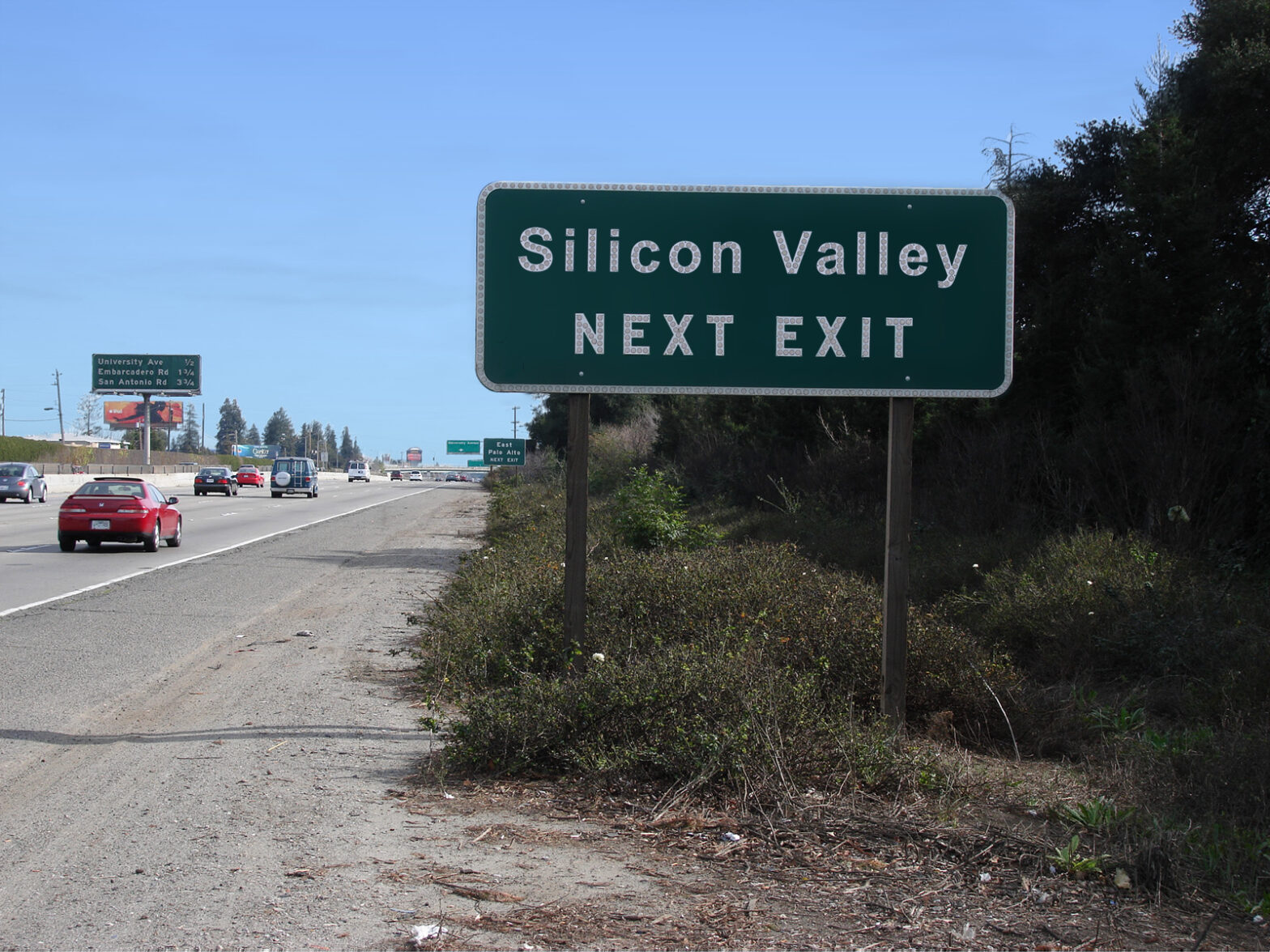The typical businesses’ IT infrastructure is currently being reshaped by a number of technology trends, all at once.
The rapid uptake of server virtualisation in the last five years has introduced a new layer to the software stack, a layer that follows its own rules and which places unique demands on the underlying hardware.
The success of software-as-a-service offerings such as Salesforce.com means that for many organisations, business critical systems now span organisational boundaries and rely on infrastructure they cannot control directly.
And as cloud computing adoption increases, the spread of business systems across third party infrastructure will only become more pronounced and more complex.
Meanwhile, IP networks are increasingly being used for more demanding workloads such as voice and video, while more and more employees are accessing corporate systems from their mobile devices.
Any organisation adopting one or more of these technologies is entering into unknown territory when it comes to network performance.
In networking, the devil is in the detail. The precise burden that a new system places on the network can be difficult to predict. For example, systems can often be unexpectedly ‘chatty’, generating a high volume of network traffic relative to their functional output.
However, when an organisation is undergoing a transformational change such as virtualising their IT infrastructure or moving to IP telephony, making that prediction is essential.
This is because network performance has a huge impact on the experience of the end-user. Network latency, jitter and dropped packets are all frustrating for users, and systems that are frustrating to use are poorly adopted.
This fundamentally jeopardises the return on investment (ROI) for any transformational IT infrastructure project, because the new infrastructure cannot deliver benefits if the applications it supports are not used.
Predicting the impact
What is needed is the ability to forecast the impact of proposed infrastructure transformations on network performance. That way, rather than being an after thought, network performance can be prioritised during the design of the implementation.
That is not a simple task however. The individual components of the infrastructure can be tested individually, but this does not necessarily give a realistic prediction of the final outcome.
Another approach is to model the planned infrastructure, and then emulate the performance of the network once that infrastructure is in place.
For example, if an organisation is planning a virtualisation deployment, network emulation technology would allow it to map out the virtual environment, and run emulated tests based on the current state of the network infrastructure. This could include anything from the organisation’s own WAN to the mobile web connections that remote workers might be using.
In this case, not only is it possible to model the planned virtual infrastructure, it is also possible to emulate the network during migration, to see the impact it would have on the business as it was rolled out.
For large organisations, network emulation and testing technology is available as software or appliances. For smaller firms, a testing service based on network emulation might be more appropriate, as they would only need to access the technology while planning and designing the infrastructure.
It is an approach worth considering, as there are two outcomes to be avoided. The first is a transformational IT infrastructure project that fails to deliver the promised benefits because business systems are rendered unusable by poor network performance. The second is that no transformation IT infrastructure project can ever take place, as the business is not confident that performance will be maintained.
Either circumstance will make it difficult for the IT department to deliver the infrastructure improvements that are readily available today.
Networks First comment:
Transformation Testing is an innovative service that helps you answer those vital questions.
It emulates precisely how different applications will perform on your network under specific circumstances. That enables you to:
- see where there are dips and delays – and identify what’s causing them
- make informed decisions about which applications you can support effectively today – and what has to wait
- pinpoint where different technologies are negatively affecting overall performance.
You can then use those insights to optimise your infrastructure before rolling out new services, ensuring minimal disruption to users of both the new and existing applications. What’s more, you can then plan for future growth more accurately – building a better business case for investment.
For more information visit: www.networksfirst.com









